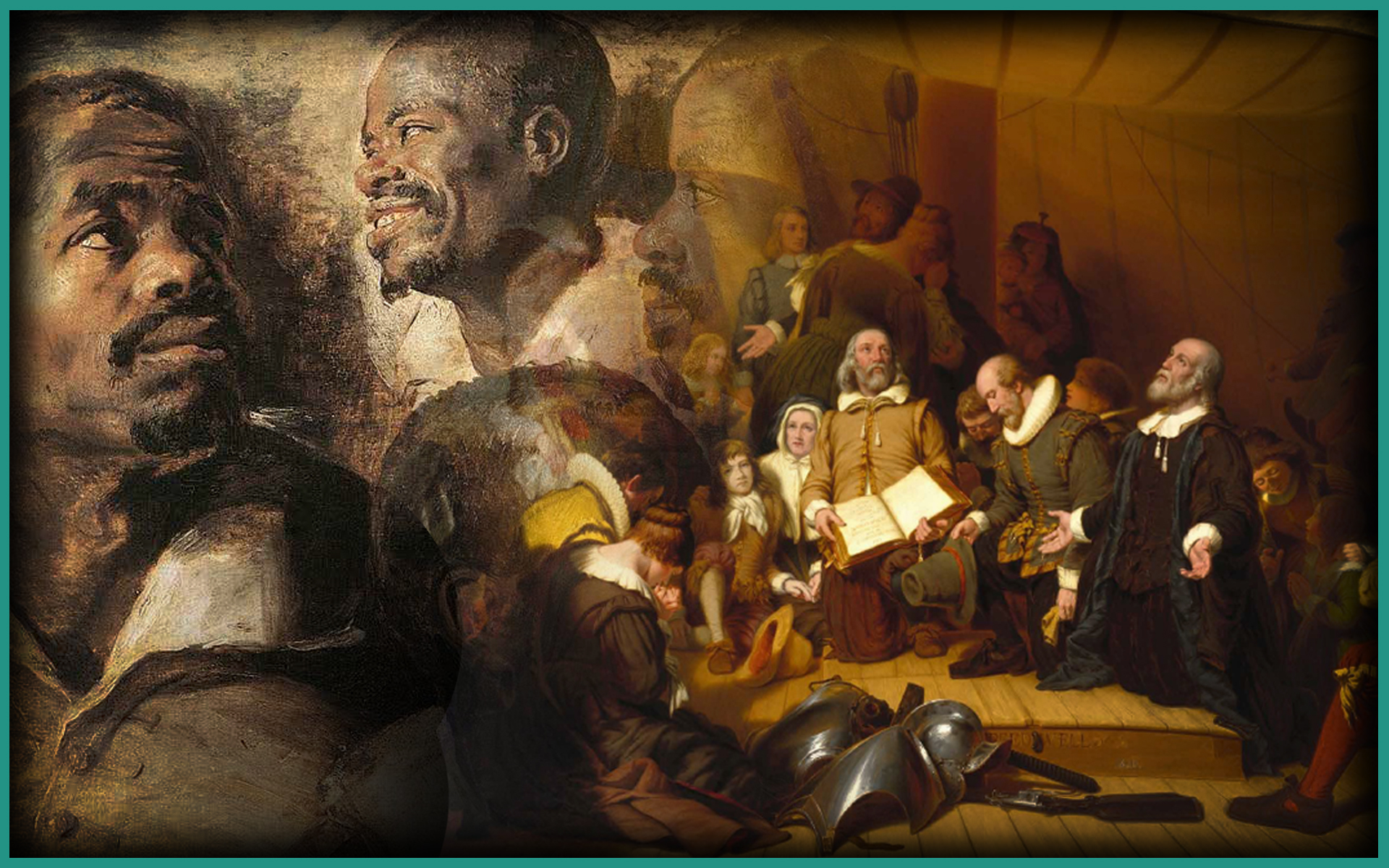
Stories of Diversity
in Colonial Massachusetts
Commonwealth Museum
Portrait of an African man by Peter Paul Rubens.
- Royal Museums of Fine Arts of Belgium.
Embarkation of the Pilgrims.
- Capitol Rotunda
Native people had lived in Massachusetts for thousands of years before English “Pilgrims” and Puritans established permanent colonies in the seventeenth century.
The Irish potato famine in the mid-nineteenth century is often seen as the next significant event in the history of Massachusetts immigration. While its impact cannot be overstated, a diverse population had been growing since the 1630s.
Some came against their will. Enslaved Africans arrived on the ship Desire in 1638. In the 1650s Scottish prisoners of war began a period of “unfreedom” as forced indentured servants. When their term of servitude ended, most married local women and began a new life on this side of the Atlantic.
In the eighteenth century colony leaders recruited skilled German workers for printing and glassmaking. They worried about others who began to arrive without invitation and the merchants who exploited them. As with later groups German immigrants were accused of bringing crime and disease.
In 1755, on the eve of the French and Indian War, “Acadians” (French speaking residents of Nova Scotia) were rounded up as a security risk. Some came to Massachusetts. Although not migrants, their plight presents a distant echo as towns protested the financial burden of food, clothing, and housing for the Acadians.
Over 150 years of colonial history new ideas developed. Eighteenth century rhetoric about natural rights helped fuel the American Revolution. While equal rights remained elusive, the end of slavery and indentured servitude were important milestones for Massachusetts on a journey that remains incomplete.
